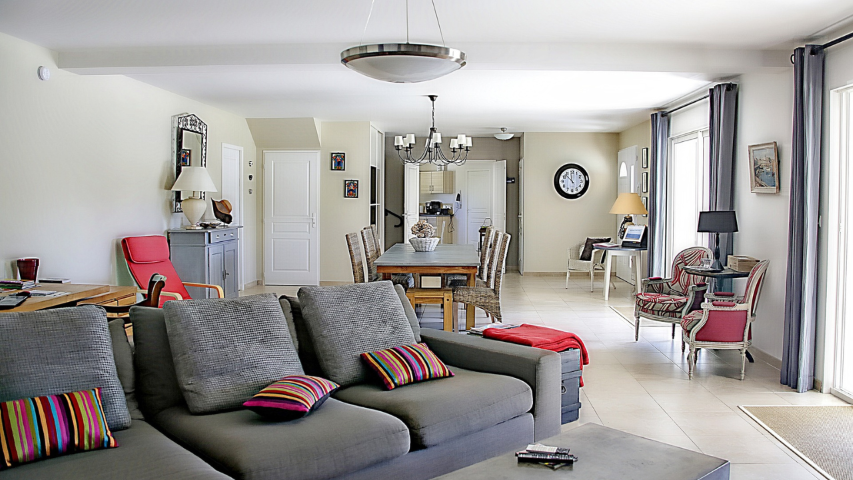

The excitement of starting fresh in a new space is often mixed with the overwhelming task of choosing the right furniture. You want your home to reflect your personality, be comfortable, and fit your lifestyle. Whether you are moving into a cozy apartment in Toronto or a spacious suburban house in Vancouver, finding the right furniture is key to transforming your house into a home.
In this blog, we'll guide you through how to find furniture that suits your style, with practical tips and advice for creating a space that feels uniquely yours. From understanding Canadian design trends to considering your lifestyle needs, we’ve got you covered. Let’s dive in.
The first step in furnishing your new Canadian home is understanding your style. Are you drawn to the sleek lines of modern furniture, or do you prefer the warm, inviting feel of rustic decor?
When choosing furniture, it’s essential to consider not just how it looks, but how it functions. Furniture should not only be stylish but also practical for your everyday needs. This is especially important in Canada, where homes can experience extreme weather conditions.
Furnishing your home can be an expensive endeavour, so it’s crucial to set a budget before you start shopping. This will help you make more informed decisions and prevent overspending.
Supporting local businesses is not only good for the community but also offers you access to unique, high-quality furniture that you won’t find in big-box stores. Canada is home to many talented furniture makers and designers who create beautiful, sustainable pieces.
After all, your home is where you relax and unwind, so your furniture should be comfortable and inviting.
Your home should be a reflection of you, so don’t forget to add personal touches that make it feel like yours.
In Canada, the movement towards sustainability and ethical living is gaining momentum, and homeowners are looking to make more responsible choices when furnishing their homes. Here’s how you can make eco-conscious decisions that benefit both your space and the environment:
Finding furniture that fits your style and needs in your first Canadian home doesn’t have to be a daunting task. Remember, your home is an extension of who you are. Take the time to find pieces that resonate with you, and don’t be afraid to mix different styles and ideas to create a space that’s both stylish and comfortable.
After all, your first home in Canada is more than just a place to live—it’s a place to thrive.
Canada is introducing new immigration pathways for essential workers in 2025, making it easier for
In recent years, Canada has faced growing pressure to control immigration levels due to housing
Canada has become an increasingly attractive destination for remote workers seeking a high quality of
Having an 'Identity Verified' badge or being 'Identity Verified' simply indicates that an individual has submitted information to complete our identity verification process or we have conducted internal verification using various authorized websites. While this process includes safeguards, it does not guarantee that the person is who they claim to be.
If you encounter any issues with this profile, please report them here. While all consultants who are verified have RCIC ID, we may not have the latest data in terms of their renewal/cancellation/discontinuation of their RCIC ID.
The "Verified Consultants" profiles are created using publicly available information, including data from the IRCC website, official consultant sites, other listing platforms, and social media. Immiperts.com is an independent platform, not affiliated with IRCC or any registered immigration consultants. To update, claim, or remove your profile, please contact us at [email protected].
╳